We'd happily move into this super-stylish New York architecture office
Michael K Chen’s newly expanded Midtown workspace is a calling card for his intuitive style and inclusive approach
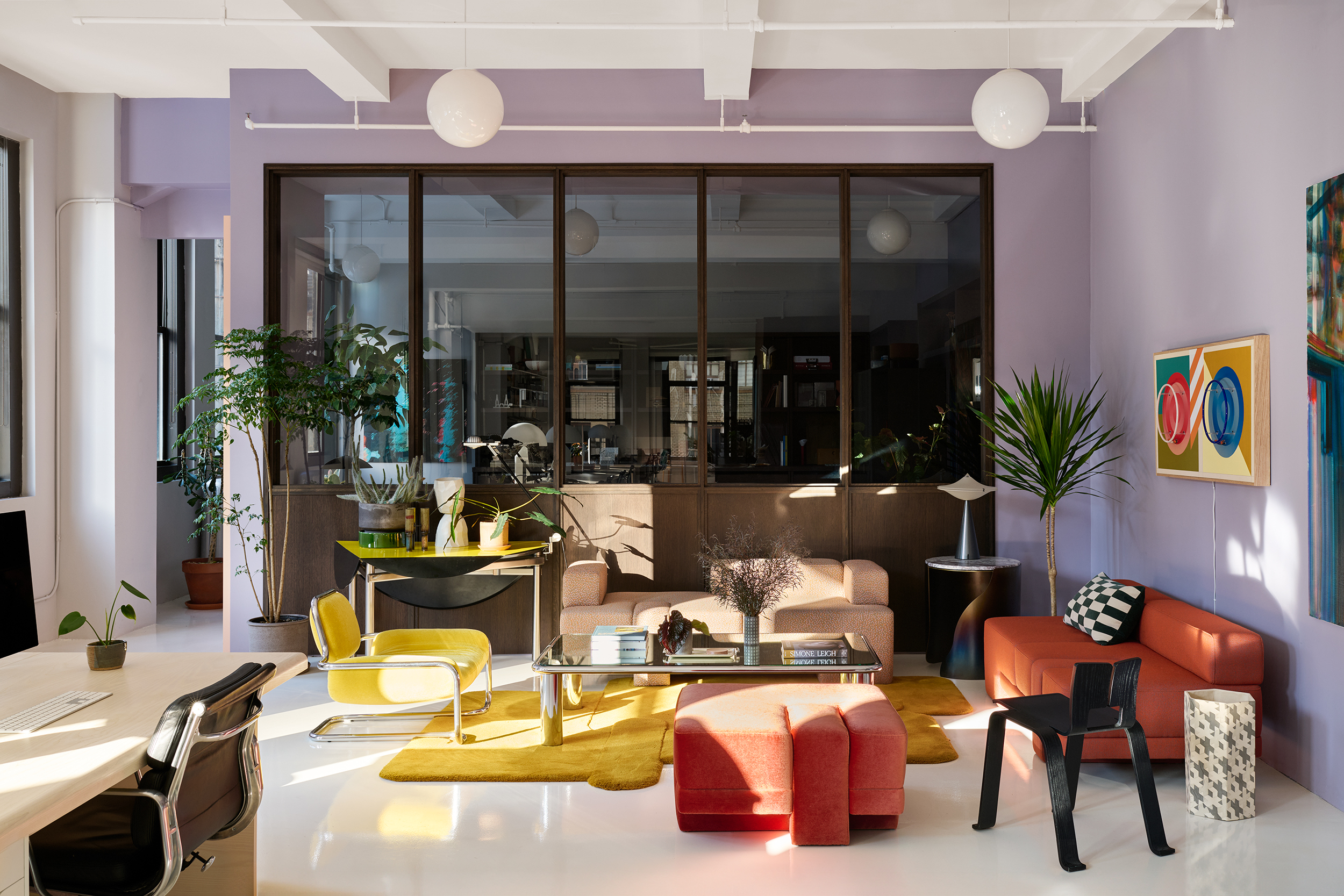
Most architecture studios are messy, with plans, maquettes and material samples strewn about as one proposal leads to another. Not Michael K Chen Architecture (MKCA)’s recently expanded New York office. There’s a lounge outfitted with vintage furniture; there’s a stone-topped kitchen counter that doubles as a cocktail bar; and there’s even a lavender accent wall.
‘In our projects, we tend to decorate with stories and relationships,’ Michael K Chen, the firm’s founder, says. ‘A lot of the items in the office are jumping-off points for conversations with our clients and collaborators.’
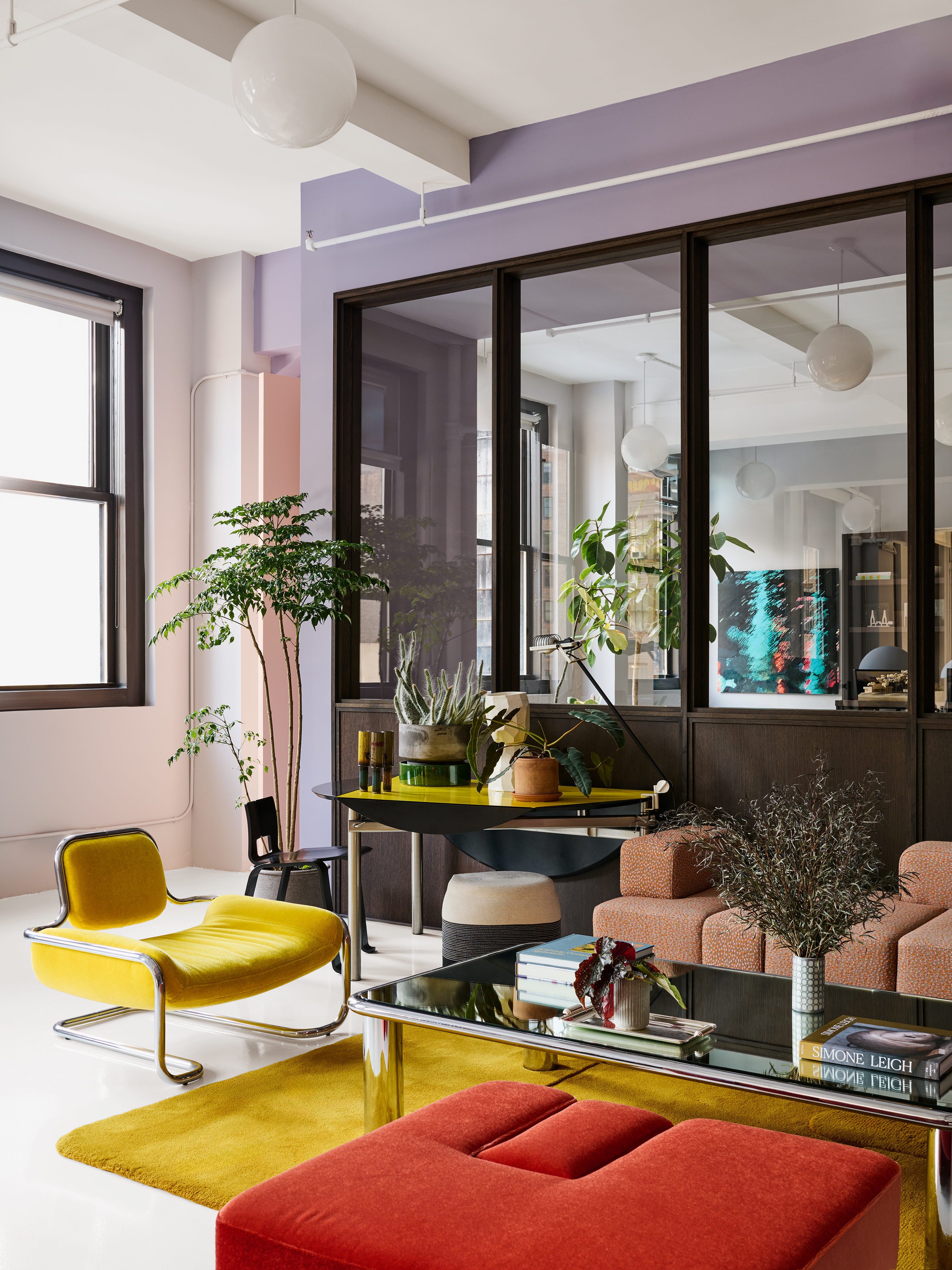
When it was established in 2011, Chen’s then-small practice occupied a shared Tribeca studio. After a fire destroyed everything in 2017, MKCA moved to the prewar building in NoMad it now calls home. But as the firm’s team – and profile – grew, it was clear its existing space didn’t quite cut it.
‘We needed more room,’ Chen says. Expanding the office ‘gave us the chance to think of the space differently – as much more than an internal-facing studio.’

Chen (centre), alongside MKCA associates Braden Caldwell and Natasha Harper
The solution was to knock down a wall and expand into an adjacent office. The extended studio, which now accommodates nine staff members, unfolds as an especially polished-yet-functional workspace. A meticulously organised resource library and a centralised enfilade of desks give way to a lounge, a semi-enclosed conference room and an open concept kitchen perfect for cocktail parties.
These concentrated vignettes serve as a kind of ‘calling card’, one that fully demonstrates the multivalent practice’s bold-yet-considered use of material, colour and visceral texture. The revamped space also reflects the firm’s guiding tenets of future-facing craft, civic responsibility, site-responsivity and collaboration.

There are nods to MKCA’s past work too. Take a salmon-pink wall, whose hue references a sophisticated loft residence in Manhattan. Shelving towards the rear of the conference room – filled with pristine presentation models, design awards and prototypes – resonates with MKCA’s deft use of layered geometry, as with a floating bookshelf designed for the New Children's Library at Concourse House in the Bronx.
Receive our daily digest of inspiration, escapism and design stories from around the world direct to your inbox.
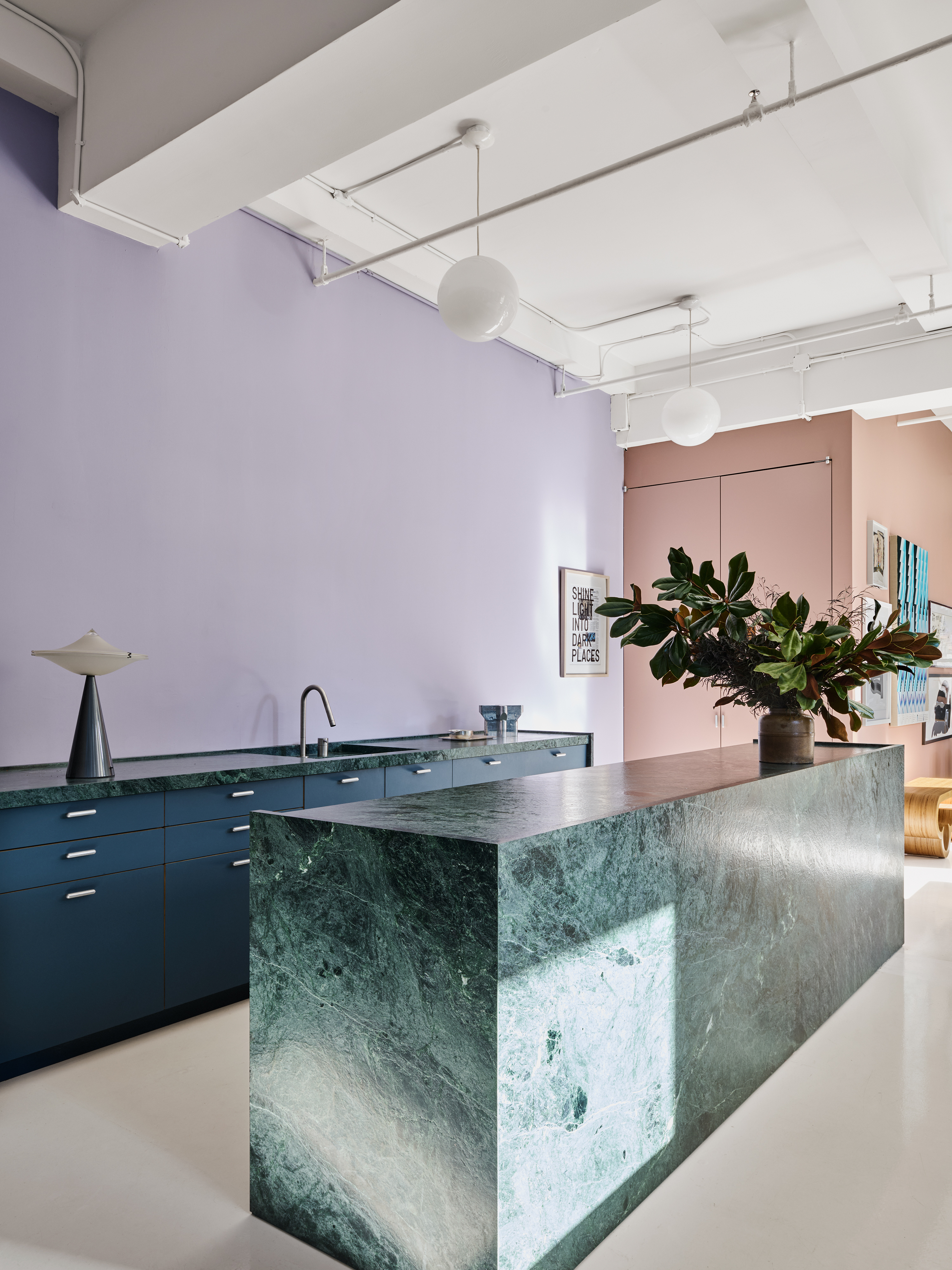
Visitors will doubtless be drawn to the lounge, where shades of orange, yellow and beige collide in an audacious colour palette, via a vintage ‘Lemon Sole’ chair, designed by Kwok Hoi Chan and manufactured by Steiner in 1971, and Chen’s own ‘Sarsen’ sofa and carpet collection developed for New York gallery TRNK.
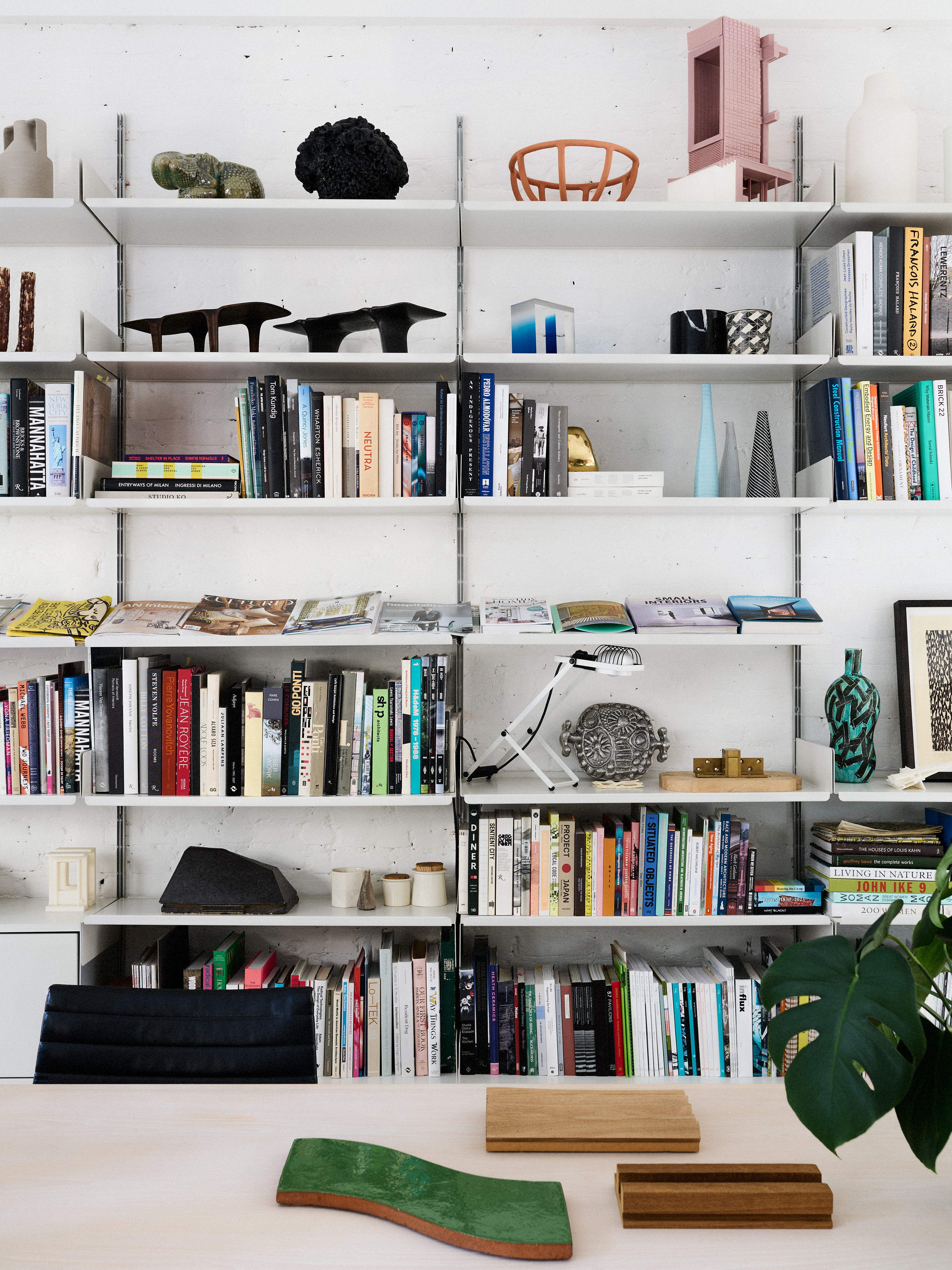
The walls surrounding this seating set-up are painted in a pale purple tone that helps to unify a curated selection of hung artworks; some by studio members and others by Chen’s contemporaries in New York‘s close-knit architecture and design scene.
‘A friend was here recently and remarked that we didn't have any renderings pinned up on the walls for internal reviews or client presentations,’ Chen says. ‘It never occurred to us to do so.’
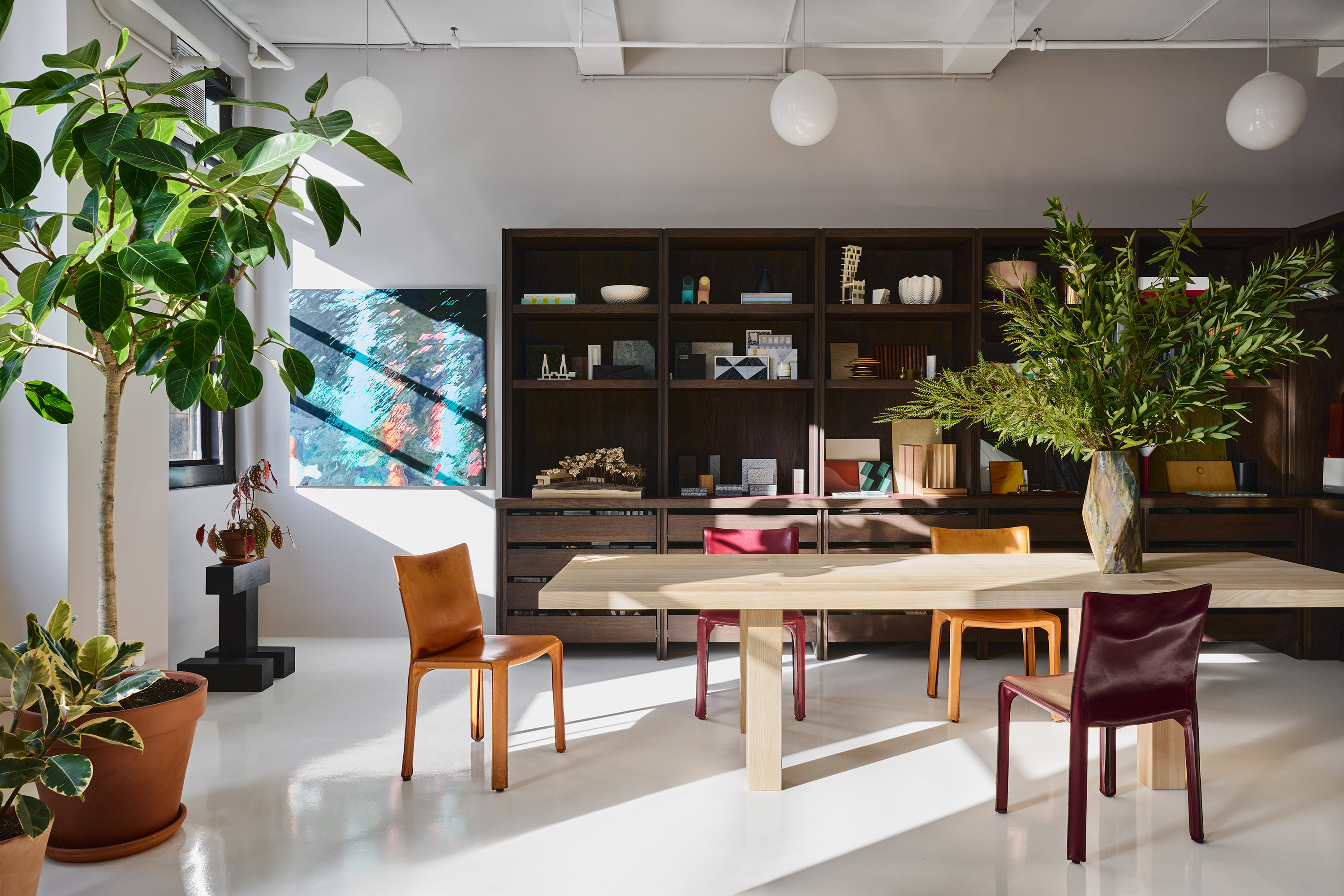
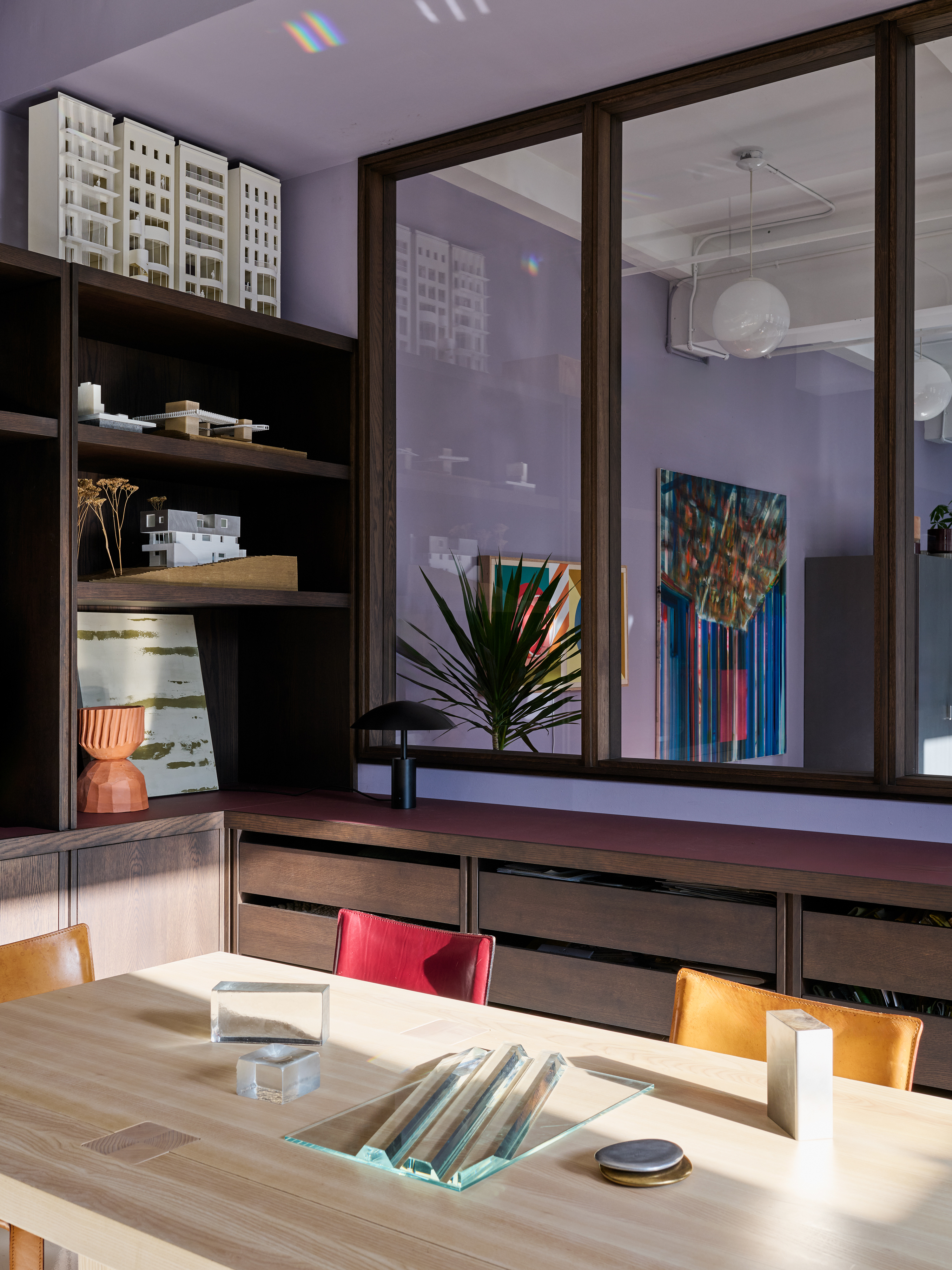
Community and collaboration are central to MKCA’s ethos. During the Covid pandemic, Chen helped establish Design Advocates, an initiative that pulls together expertise and resources from various firms to carry out clever solutions-oriented interventions for the wider community.
‘We just wanted to be helpful,’ Chen explains. ‘This wasn't an exercise in business development. It wasn't about trying to collect attention.’
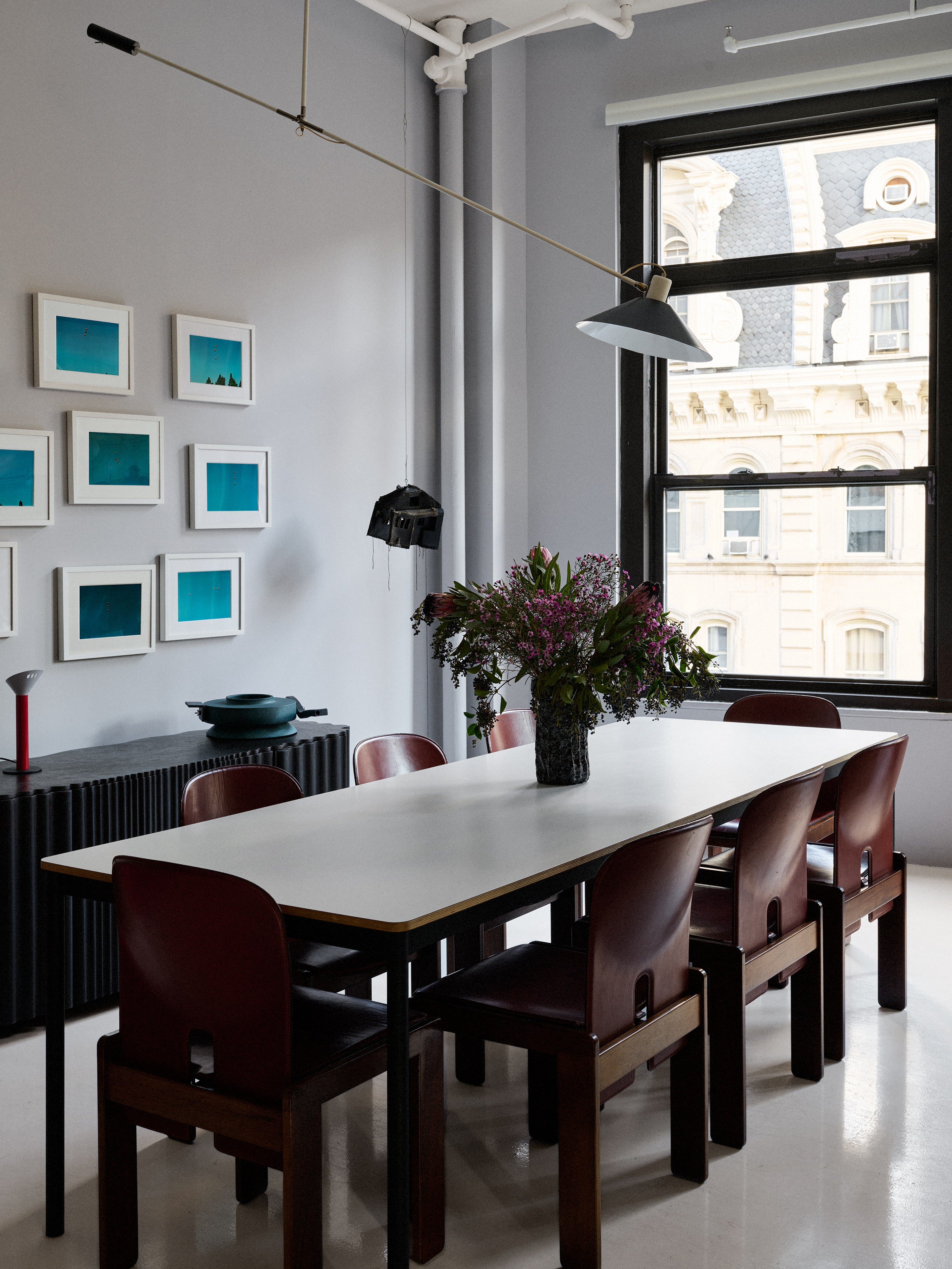
Chen also wants to make the vast knowledge that architects possess more accessible to others. A new book, Making and Meeting, is intended to help bridge that informational gap; especially when it comes to adopting more responsible practices. ‘As architects, we have enormous agency,’ Chen explains. ‘We control the purse strings of a project and make elective decisions all day long but a lot of those strategies and resources are gate-kept.’
Formatted like an ‘anti-monograph cookbook’, as Chen notes, the title breaks down into five actionable chapters – craft, materials, scales, histories, and practices – with MKCA’s projects and collaborative efforts as case studies.

The first chapter articulates the firm’s vision of future craft. ‘There’s a present fascination with craft, which I think is wonderful,’ Chen says. ‘But I think that a lot of the conversation is couched in nostalgia. It's a reaction to the algorithm systems that are in control of our lives that no one has any agency over.’ For Chen, craft is much more of a methodology, a process that entails a fundamental understanding of the lifecycle and labour behind the materials.
In this expanded office, it’s clear that MKCA is not just making more room for its staff, but for ideas, too.
Adrian Madlener is a Brussels-born, New York-based writer, curator, consultant, and artist. Over the past ten years, he’s held editorial positions at The Architect’s Newspaper, TLmag, and Frame magazine, while also contributing to publications such as Architectural Digest, Artnet News, Cultured, Domus, Dwell, Hypebeast, Galerie, and Metropolis. In 2023, He helped write the Vincenzo De Cotiis: Interiors monograph. With degrees from the Design Academy Eindhoven and Parsons School of Design, Adrian is particularly focused on topics that exemplify the best in craft-led experimentation and sustainability.
-
 This Gustav Klimt painting just became the second most expensive artwork ever sold – it has an incredible backstory
This Gustav Klimt painting just became the second most expensive artwork ever sold – it has an incredible backstorySold by Sotheby’s for a staggering $236.4 million, ‘Portrait of Elisabeth Lederer’ survived Nazi looting and became the key to its subject’s survival
-
 New Leica Q3 Monochrom camera sees the world in black and white
New Leica Q3 Monochrom camera sees the world in black and whiteDefined by its crisp 60MP monochrome sensor, the Leica Q3 Monochrom is a camera designed for those who want to focus only on light, shadow and form
-
 How C Prinz shaped the gothic new world of Charli XCX
How C Prinz shaped the gothic new world of Charli XCXMulti-hyphenate director and movement artist C Prinz unpacks the physical, instinctive and often brutal creative process behind Charli XCX’s new 'Wuthering Heights' era
-
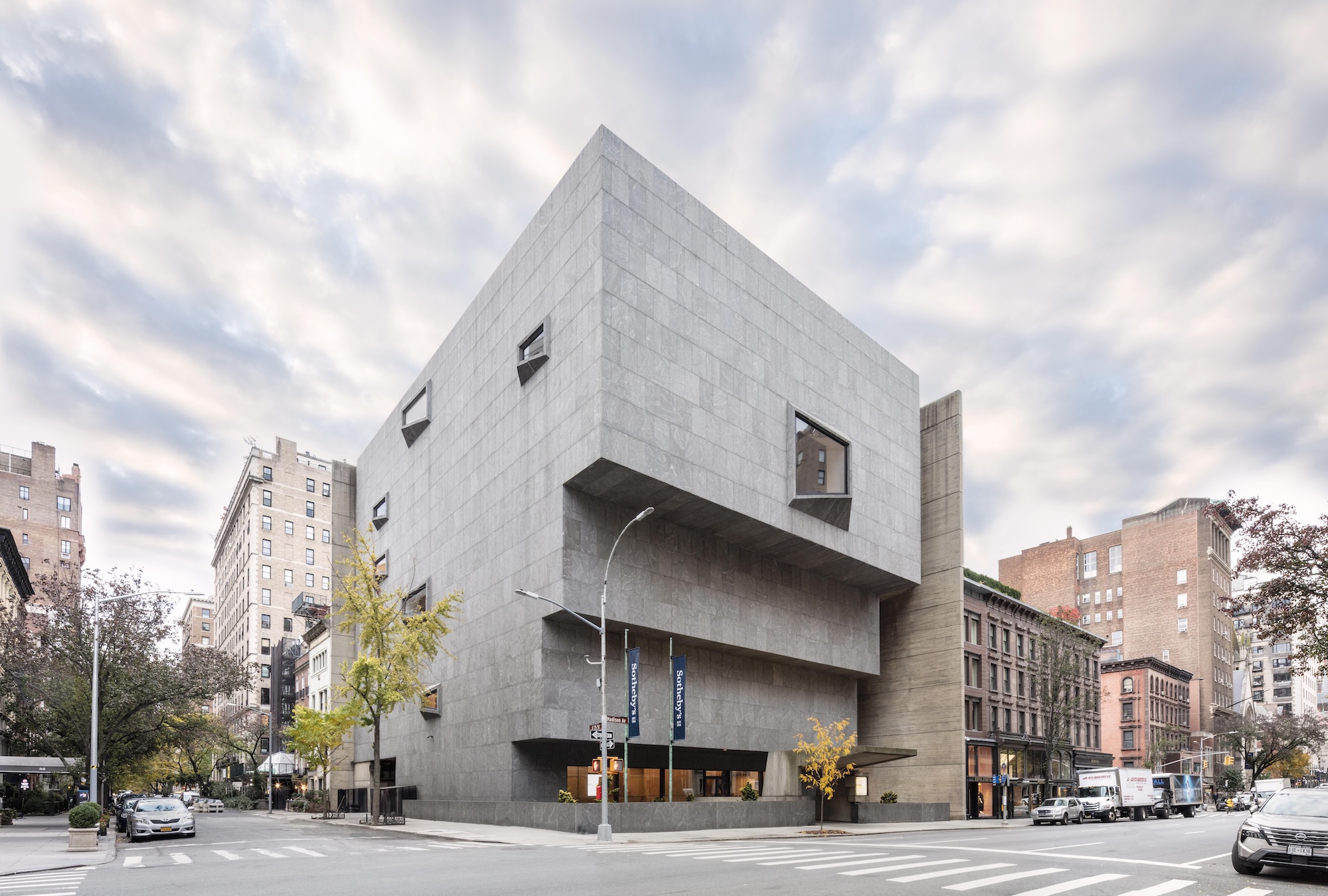 New York's iconic Breuer Building is now Sotheby's global headquarters. Here's a first look
New York's iconic Breuer Building is now Sotheby's global headquarters. Here's a first lookHerzog & de Meuron implemented a ‘light touch’ in bringing this Manhattan landmark back to life
-
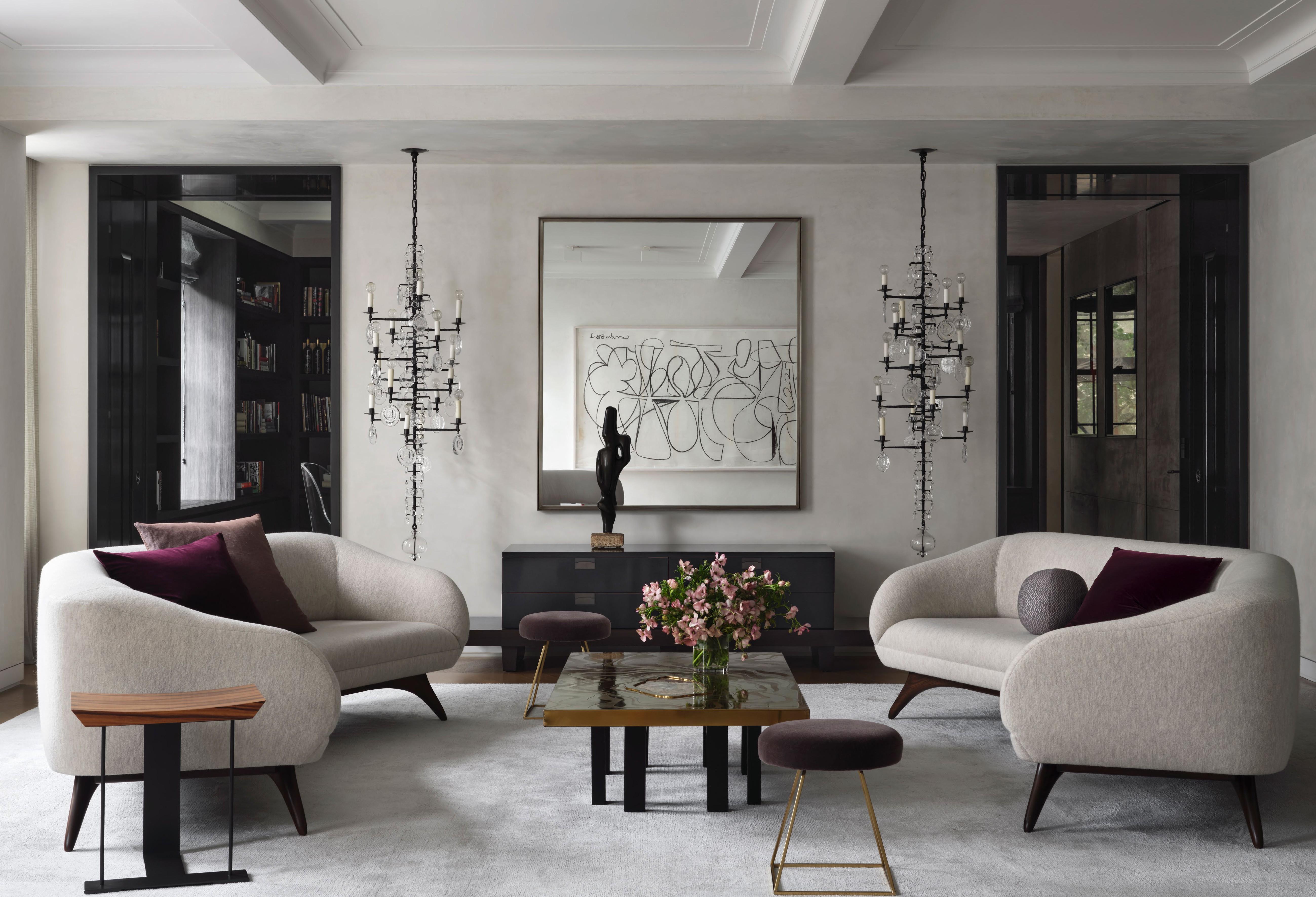 This refined Manhattan prewar strikes the perfect balance of classic and contemporary
This refined Manhattan prewar strikes the perfect balance of classic and contemporaryFor her most recent project, New York architect Victoria Blau took on the ultimate client: her family
-
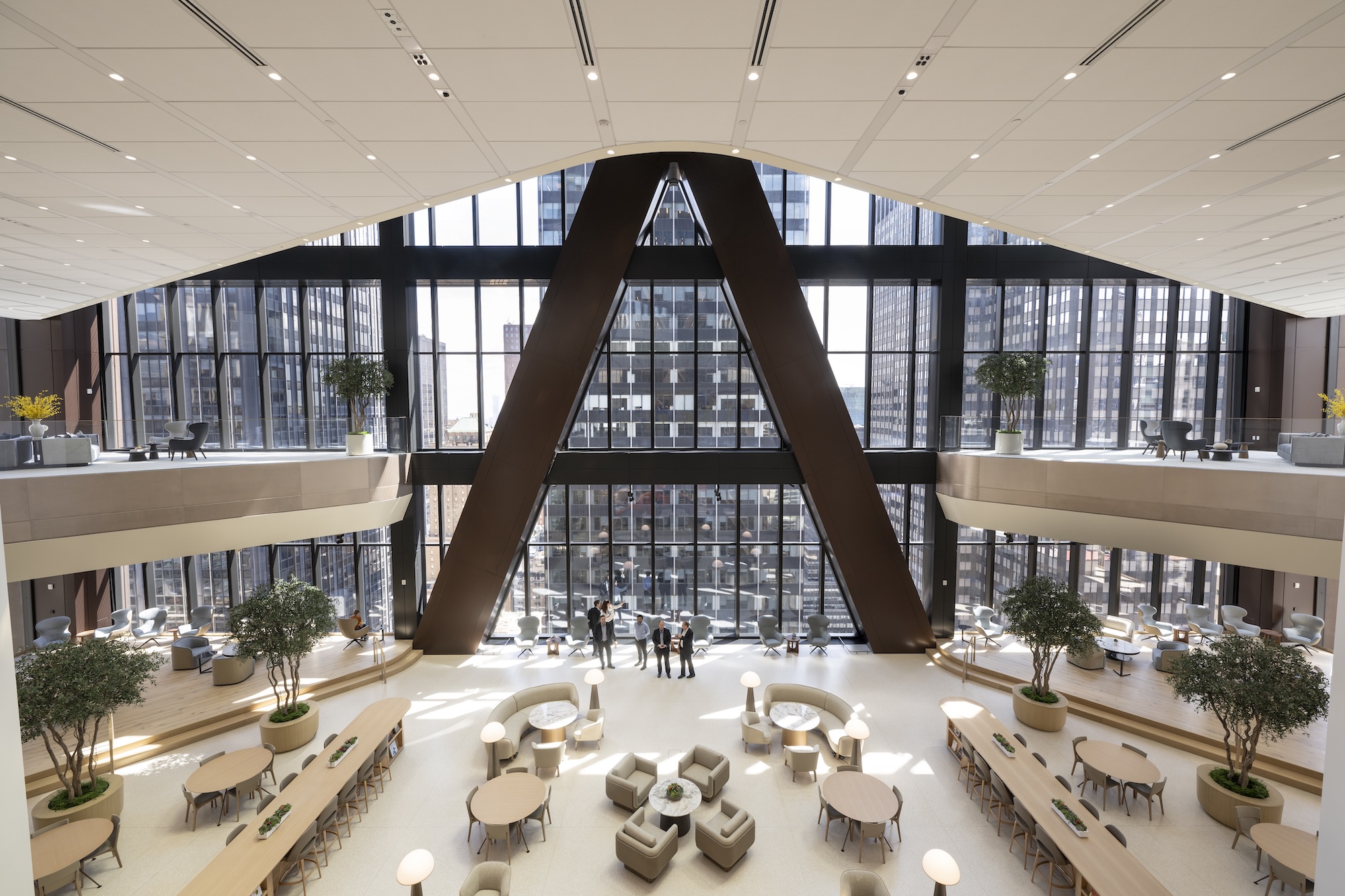 ‘It’s really the workplace of the future’: inside JPMorganChase’s new Foster + Partners-designed HQ
‘It’s really the workplace of the future’: inside JPMorganChase’s new Foster + Partners-designed HQThe bronze-clad skyscraper at 270 Park Avenue is filled with imaginative engineering and amenities alike. Here’s a look inside
-
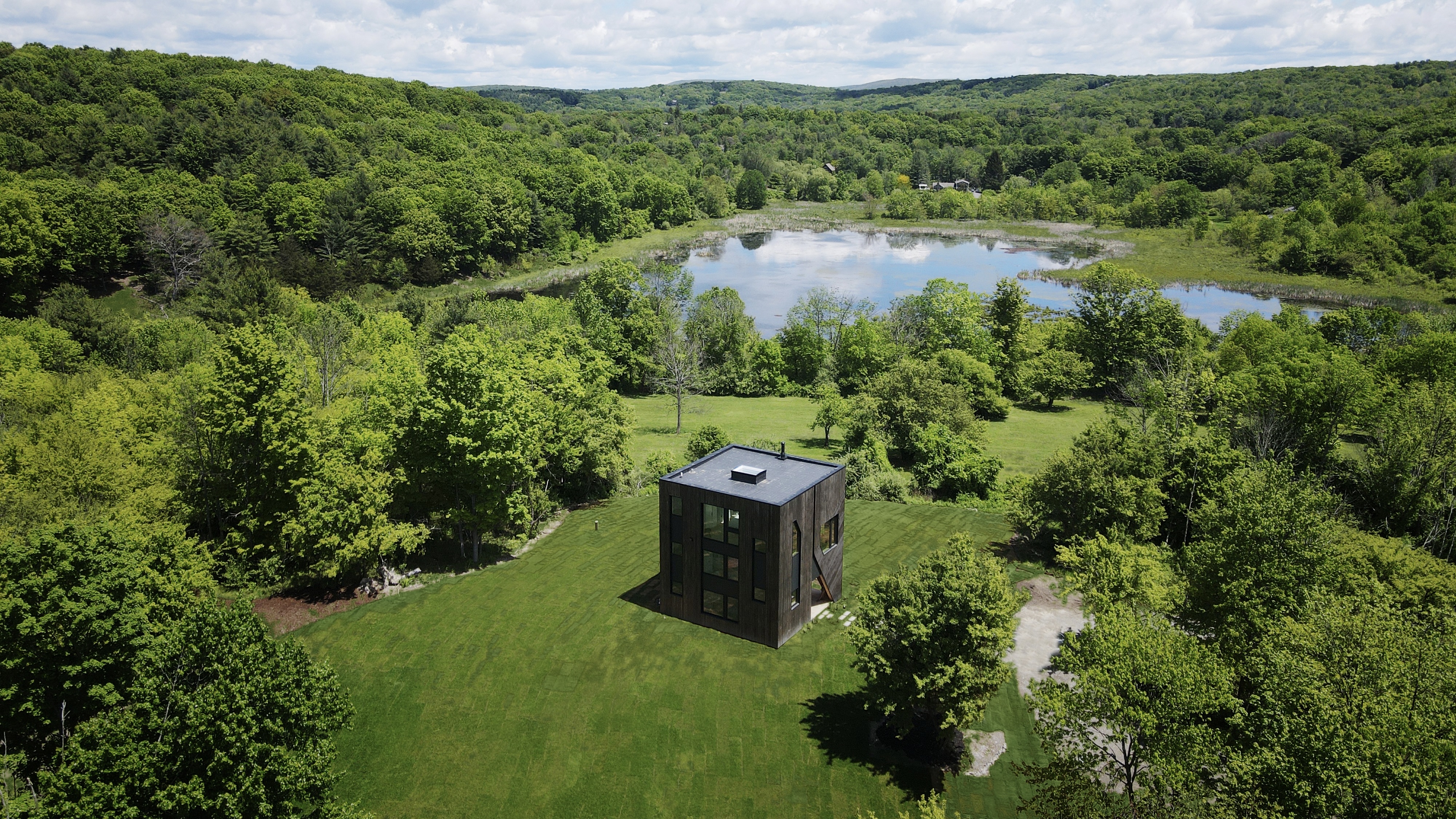 This perfectly cubed house sits atop a hill in Hudson Valley
This perfectly cubed house sits atop a hill in Hudson ValleyForma’s ‘House on a Hill’ resembled a black wooden box – all straight lines and sharp angles against the rolling backdrop of New York State
-
 Meet Studio Zewde, the Harlem practice that's creating landscapes 'rooted in cultural narratives, ecology and memory'
Meet Studio Zewde, the Harlem practice that's creating landscapes 'rooted in cultural narratives, ecology and memory'Ahead of a string of prestigious project openings, we check in with firm founder Sara Zewde
-
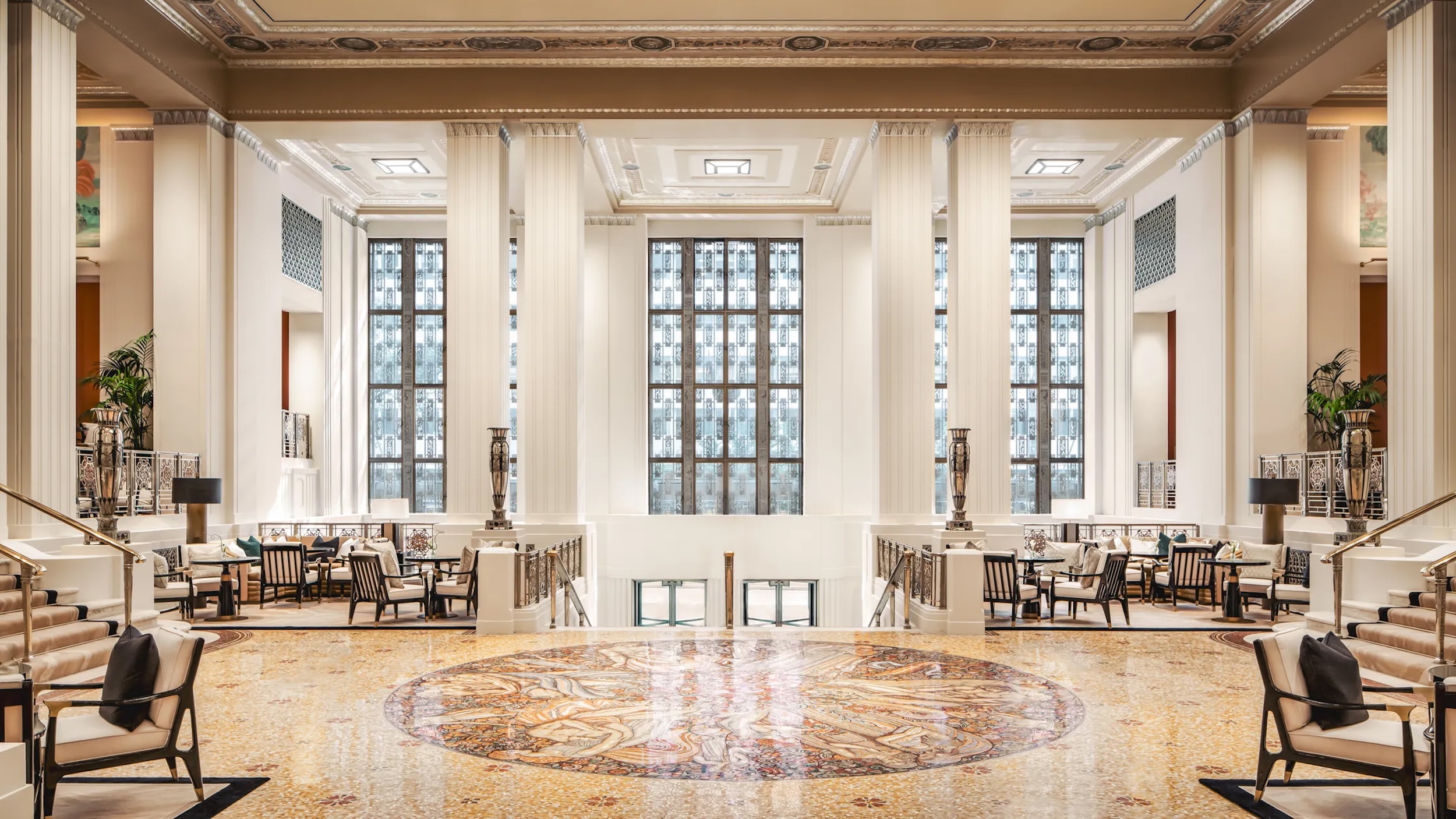 Inside the Waldorf Astoria's dazzling restoration, from cigar smoke to snowy owls
Inside the Waldorf Astoria's dazzling restoration, from cigar smoke to snowy owlsHow a team of architects from SOM and a group of art conservators brought New York's grand dame back to her original Art Deco splendor
-
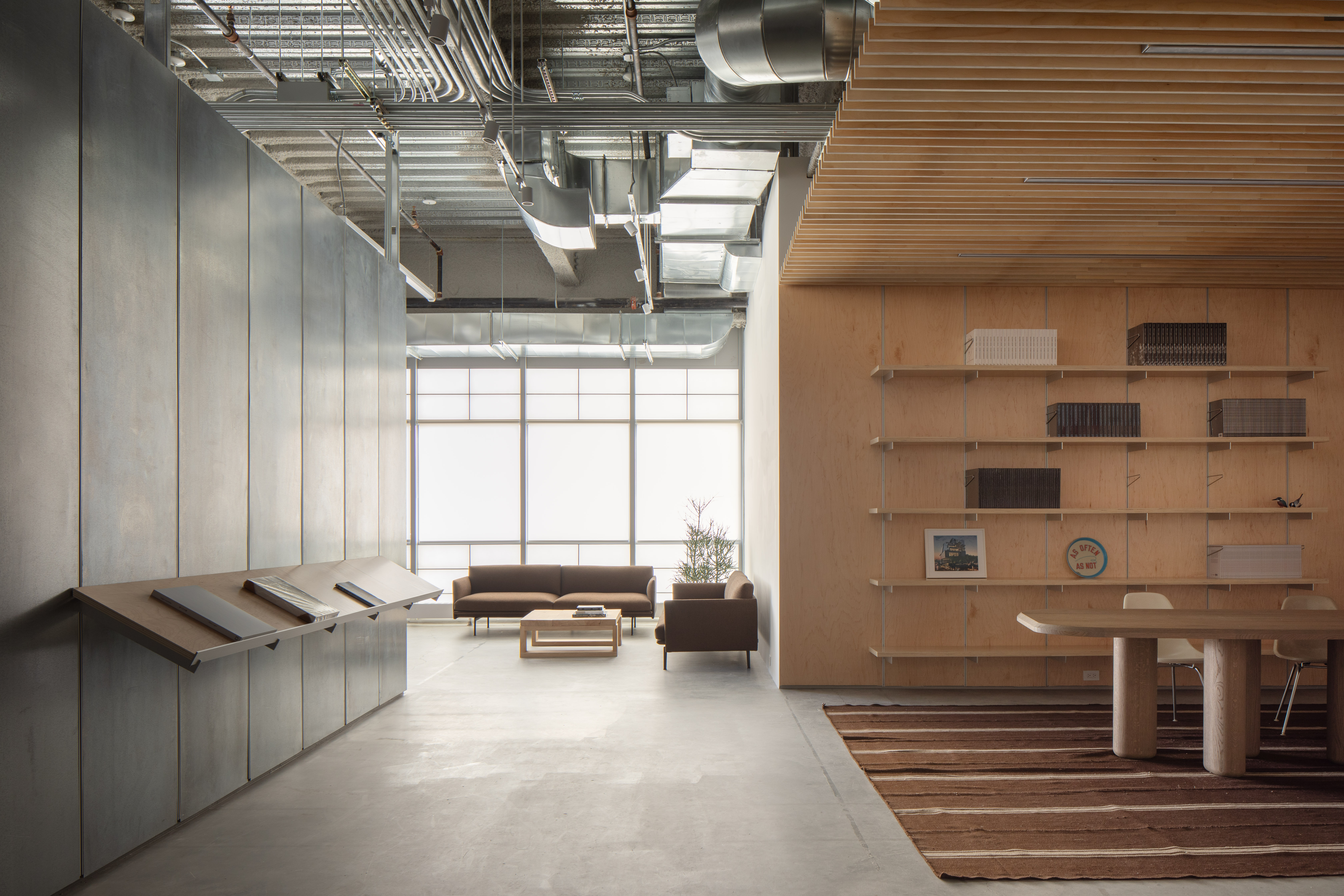 Touring artist Glenn Ligon's studio in Brooklyn with its architect, Ravi Raj
Touring artist Glenn Ligon's studio in Brooklyn with its architect, Ravi RajGlenn Ligon's studio, designed by architect Ravi Raj, is an industrial Brooklyn space reimagined for contemporary art
-
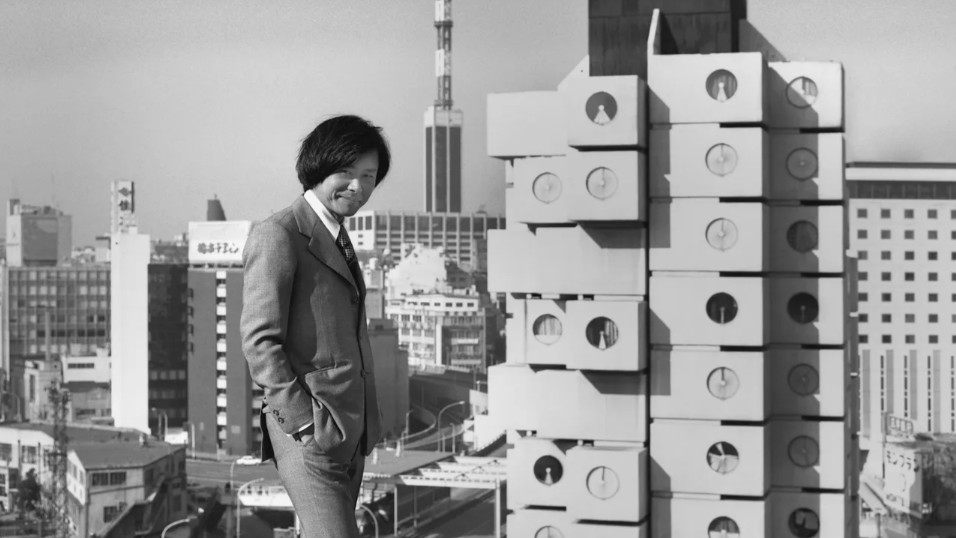 How an icon of Japanese Metabolist architecture took on a life of its own – even after its destruction
How an icon of Japanese Metabolist architecture took on a life of its own – even after its destructionWhen Kishō Kurokawa designed the modular Nakagin Capsule Tower more than 50 years ago, he imagined it boarding ships and travelling the world. Now it has, thanks to a new show at MoMA